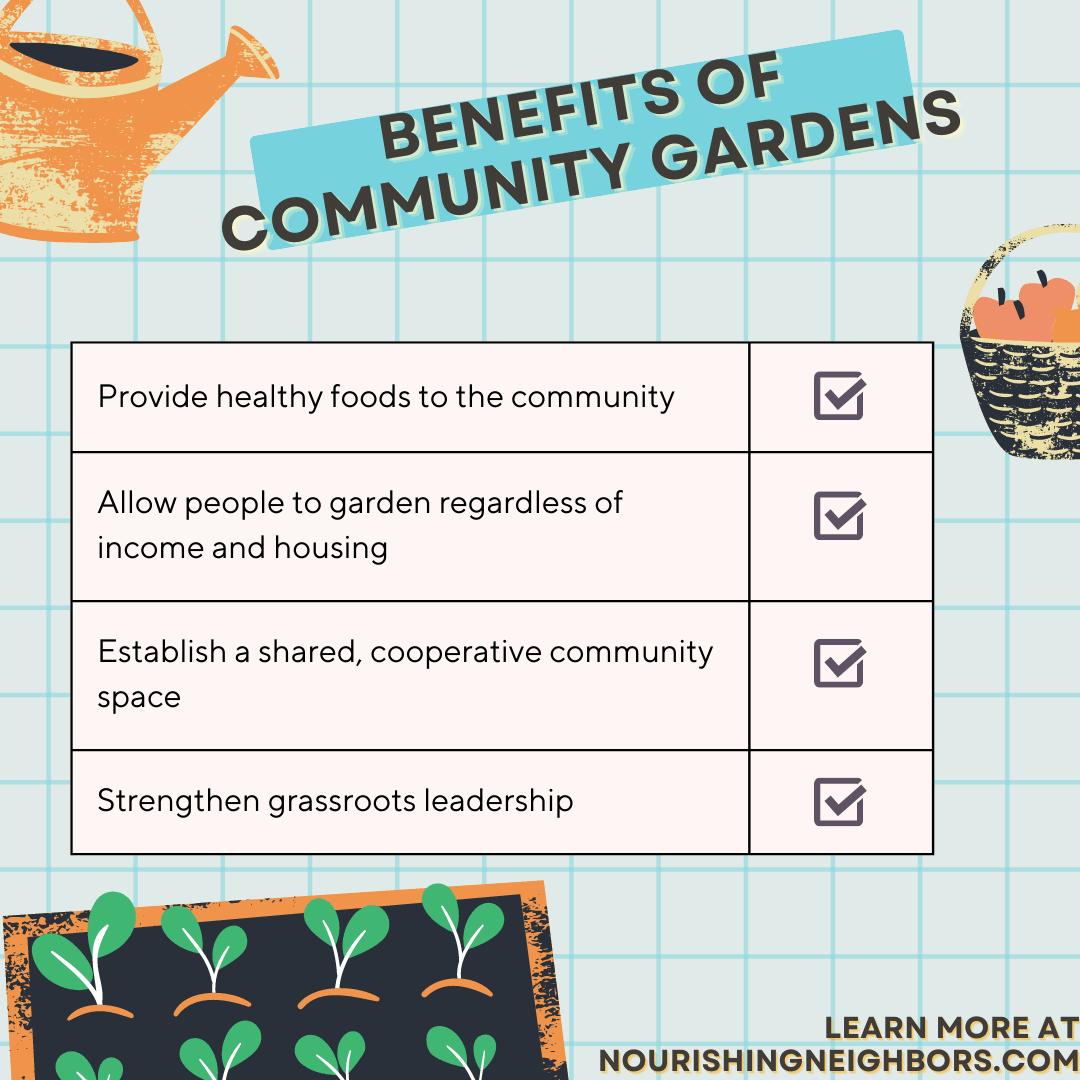About City Blooming
Table of ContentsCity Blooming Fundamentals ExplainedA Biased View of City BloomingSome Known Facts About City Blooming.Some Known Facts About City Blooming.Not known Facts About City Blooming
Nature has extraordinary effects on our physical and mental health, so it's no surprise that a simple succulent on a desktop computer or some potted herbs on a windowsill can immediately boost an area. Take those plants an action further, and you'll cross right into the area of city gardening, which brings a lot more advantages to individuals and areas alike.Urban gardens can be tended by people, teams, business, or companies. The quantity and selection of food grown can differ widely, as well as the size of the job itself, however urban horticulture campaigns are all rooted in a city setup.
Whether they include a collection of pots on a terrace or a cluster of stories on an uninhabited whole lot, these yards offer more than food, supplying a host of ecological, financial, and social advantages. Due to the fact that fruit and vegetables is expanded in local setups instead of far-away farms, metropolitan horticulture lowers transportation needs, as a result reducing carbon exhausts.
The smart Trick of City Blooming That Nobody is Discussing
Urban gardens can be devices of social modification that address injustices, systemic racism, and community development problems. Right here at Hunger For Change, we make use of food as a device to construct health, riches, and social change in North Minneapolis. We bring individuals with each other to find out, prepare, consume, and expand food, developing change that lasts.
Surf our store, consider volunteering, or donate today to support our amazing impact in North Minneapolis! With each other, we can create well-rooted and prospering adjustment!.

The main lesson we, when again, should learn is that cities are not separated from nature. They are a component of the larger biome in which they lie. As planners and developers, we are trained to believe holistically. While these fields promote cities as useful, no city is ideal not even close, and the vulnerabilities and interconnections of the international supply chain has impacted everyone in unanticipated methods.
Excitement About City Blooming
I will certainly look at models from the past that advertised urban gardens and gardeners, and show what worked and what did not. I will More about the author review the opportunities and challenges of being an urban gardener, what is required to establish up a yard of your own, and what regulations and requirements stand in the method of making cities much better at promoting metropolitan gardens.
The amount of time squandered getting to and from standard work environments has been well documented. One notable research ended that prior to the pandemic, Americans lost an average of 54 hours a year commuting. The built up negative results of air pollution and stress that result from commuting alone by automobile as most Americans do are considerable.
The capacity to come to the office for cooperation and culture, and remain home for focused work is a concept that saves time, is much better for the environment and is a smarter use of minimal resources. What hasn't yet taken hold is the link in between these changes in habits and how cities can respond.
Not known Facts About City Blooming
What are the health and wellness influences of our cities all of a sudden overdesigned for vehicles? Exactly how can our city framework (roadways, energies) execute better, not only as channels to relocate individuals and items, yet as contributors to natural systems? Urban phenomena such as smog, bad water top quality and the 'heat island impact' can be alleviated by greening our roads, amazing our lorries and planting our parking area.
In a recent short article in the Wall Street Journal, Richard Florida talked about the phenomenon of 'zoom cities,' which draw in remote workers by creating a photo of a higher quality of life (home and garden). He created: "For cities, remote job changes the focus from enticing companies with unique offers to drawing skill with services and amenities
, and rooftop horticulture. This indicates you can manage the area where you expand the food, and stress less concerning ecological conditions like dry spell or chilly weather. https://www.cybo.com/US-biz/city-blooming.
Little Known Facts About City Blooming.
Expanding mass-produced food with traditional farming methods takes a lot out of the earth. Past the several sources that are made use of on the ranch, the food then has to be carried from where it is expanded to a store near you.

Comments on “The 2-Minute Rule for City Blooming”